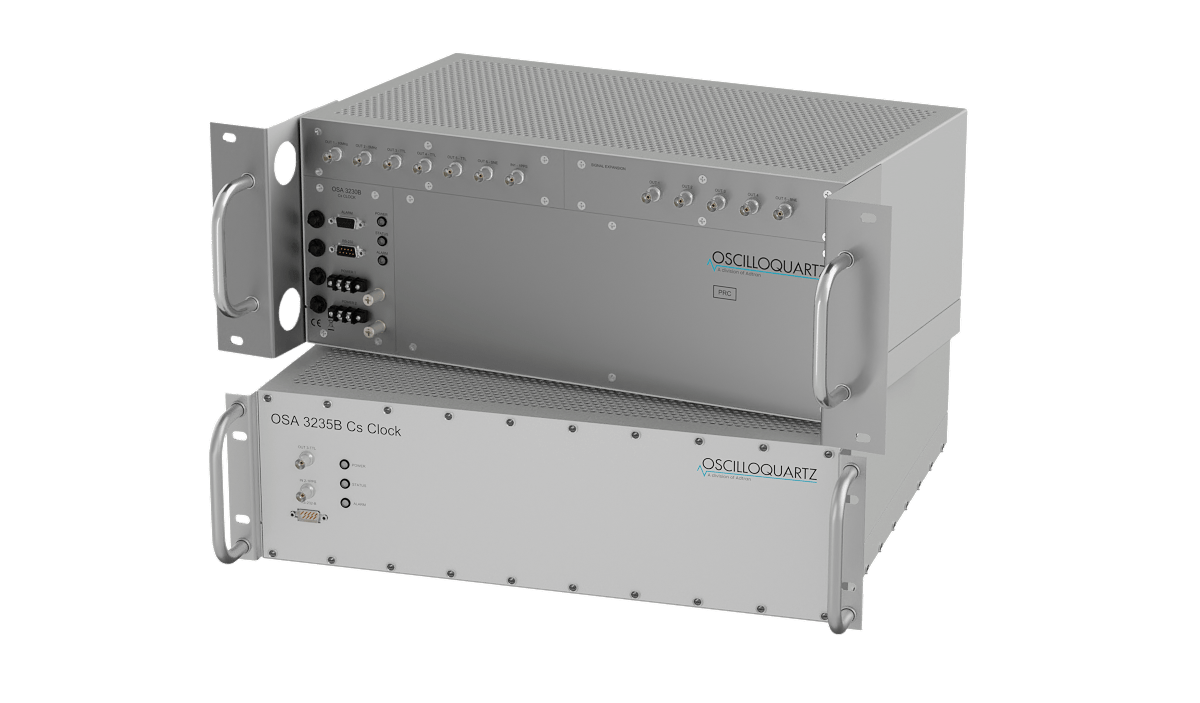OSA 3230 Series

Magnetic cesium clocks heat cesium atoms to form a beam that travels through the clock’s apparatus, causing the atoms’ electrons to transition from one ground state to another. A magnetic field is then used to separate out atoms with the desired state. These are then exposed to microwave radiation to induce transitions at the precise resonance frequency needed to measure time accurately. It’s a process that results in an extremely precise and stable source of timing that can be used to power the most demanding of applications over extended periods.
Adtran’s compact and low-power magnetic cesium devices can be combined with our core grandmasters to create an enhanced primary reference time clock (ePRTC) that provides highly accurate timing and stable synchronization to significantly boost the reliability of GNSS-dependent networks. Whether deployed in defense, 5G or data center networks, Adtran’s industry-leading magnetic cesium clocks leverage a combination of unrivaled precision and industry-leading redundancy to guarantee the uninterrupted flow of timing and synchronization information.